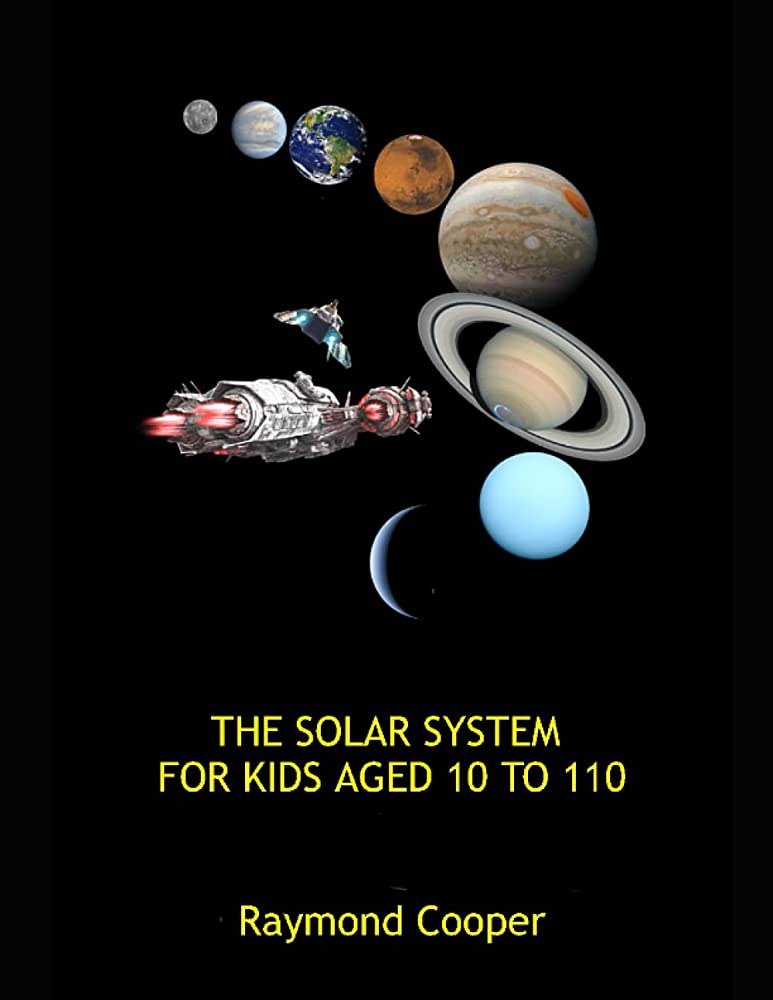From super-Earths to gas giants, astronomers have discovered numerous fascinating exoplanets beyond our Solar System. Some of these planets, like Kepler-438b and Kepler-186f, are potentially habitable and could harbor life. Others, like HD 189733 b and WASP-12b, boast extreme weather conditions and massive sizes. Tau Ceti e, Gliese 1214b, and GJ 1214b are also exciting finds, as they offer glimpses into the diversity of exoplanets and the possibility of unusual planetary compositions. As scientists continue to explore space, it is likely that we will discover even more intriguing exoplanets that will revolutionize our understanding of the universe.
10 Fascinating Planets Beyond Our Solar System
The wonders of outer space never fail to amaze us, especially when it comes to the exploration of new planets beyond our Solar System. Thanks to technological advancements, astronomers have discovered incredible planets that are different from anything we know. Here are the top ten most fascinating planets found beyond our Solar System.
1. Kepler-438b
Located approximately 640 light-years from Earth, Kepler-438b is one of the most remarkable exoplanets discovered to date. It’s about the same size as Earth and orbits around a red dwarf star. Kepler-438b is potentially habitable, and scientists believe that its rocky composition may harbor living organisms.
2. HD 189733 b
HD 189733 b is a blue planet located about 63 light-years away from us. This planet is incredibly fascinating as it has winds blowing at speeds of over 4,500 mph, which is ten times faster than any wind ever recorded on Earth. HD 189733 b is the closest planet that exhibits features of a hot Jupiter.
3. Kepler-186f
This planet is located about 500 light-years from Earth and is at the perfect distance from its star to harbor water in liquid form, making it potentially habitable. The exoplanet is about the same size as Earth at 1.11 Earth radii.
4. Tau Ceti e
Tau Ceti e is a super-Earth planet orbiting the nearby visible star Tau Ceti, located approximately 12 light-years away from Earth. Although Tau Ceti e is located in the habitable zone, it receives four times more heat than the Earth, which makes it potentially scorching.
5. WASP-12b
One of the most massive planets discovered beyond our Solar System, WASP-12b is a gas giant planet that is nearly twice the size of Jupiter. It’s located about 1,400 light-years away and orbits a star that’s about 50% larger than the Sun.
6. Trappist-1f
Trappist-1f is an exoplanet orbiting a red dwarf star called Trappist-1, located about 40 light-years away from Earth. This planet is about the same size as Earth and receives about as much sunlight as Mars would, making it a potentially habitable planet.
7. Gliese 1214b
Gliese 1214b is a super-Earth located about 40 light-years away from us. It’s about 2.7 times bigger than Earth and orbits a red dwarf star. The planet is covered with an ocean that’s about 10 times deeper than that of Earth.
8. HD 209458b
Located nearly 150 light-years from Earth, HD 209458b is a hot Jupiter planet that takes only 3.5 days to orbit its star. This planet is unique because it’s the first exoplanet to be discovered that has an atmosphere, which astronomers believe contains oxygen and carbon.
9. Kepler-62e
Kepler-62e is an exoplanet located about 1,200 light-years away from us. Its orbit places it in the habitable zone, a region around a star in which conditions are just right for liquid water to exist. The planet is about 1.6 times the size of Earth.
10. GJ 1214b
GJ 1214b is a super-Earth located about 40 light-years away from us. This planet has an atmosphere that is thick and made up of water vapor, hydrogen, and helium. The atmosphere is so dense that scientists believe there might be a solid diamond core at its center.
Conclusion
These ten planets are just a few examples of the incredible discoveries scientists have made beyond our Solar System. They serve as a reminder that there is still so much to discover and learn about the universe around us. Who knows what other fascinating planets await us in the future?
